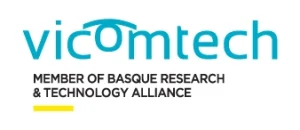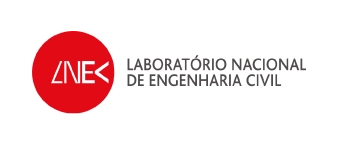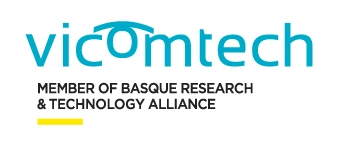02. Trikala, Greece
Lead:

Others partners involved:




Trikala is a medium-sized city in central Greece with 61,000 inhabitants. The surrounding Thessaly Region has a large agricultural sector. Urban mobility is primarily by private motor vehicles and motorcycles, although cycling and walking are also popular in the city. Road crashes in Trikala have increased in recent years. Greece’s investment in infrastructure lagged behind that of other EU countries and there is a need for infrastructure investments to expand capacity and improve quality. In Trikala, demand for digitized road data is increasing. This demand is coming from road authorities, engineers, inspectors, surveyors, and others for improving road safety. The city of Trikala has been declared as the first Digital City in Greece and currently becoming the one of the first 5G-ready cities, aiming to apply and maintain innovative ICT solutions for the benefit of its citizens. Activities in the Trikala pilot will focus on urban secondary road corridors where autonomous vehicles are operating in the framework of the EU-funded SHOW and IN2CCAM projects. Special focus will be given on a 5km (10km roundtrip) corridor connecting the city centre with the suburbs.
Specific demonstrations to support project objectives:
Trikala will demonstrate the integration of asset and safety management (Component 1) by combining data gathered for the pilot within the control room of the Municipality (already used in various other EU research projects) to provide the needed guidance to the relevant authorities for efficient maintenance works. A variety of sources will be collected (such as raw digitized road data including pavement condition, surface damages, surface condition, road markings) and validated (Component 2) using high-precision and up-to-date “ground-truth” data collected using AIT’s RoadLab system. Data will also be collected via a smartphone application developed by ICCS. The application will make combined use of smartphone’s sensors such as accelerometers and GPS sensor to detect and classify irregularities of the road surface while bicycling (mainly used in the bike lanes network of the city).
An AI/ML algorithm will be developed to detect road surface deformation (e.g., bumps, cracking and potholes) and verified using geo-referenced photos from ETRIK). Data will be correlated and used select the safety performance metrics and IRAP Star Ratings to be monitored in the pilot. A digital twin based on a GIS system by VIC (Component 3) will combine and relate the data and metrics on a street map visualization. The digital twin of the road will be made available to the municipality’s traffic control centre to analysis for predictive maintenance for faster and better decision-making. This will have specific relevance to supporting ADAS functionality (Component 4). Data will be correlated and used select the safety performance metrics to be monitored in the pilot and the selection of safety interventions (Component 5).














